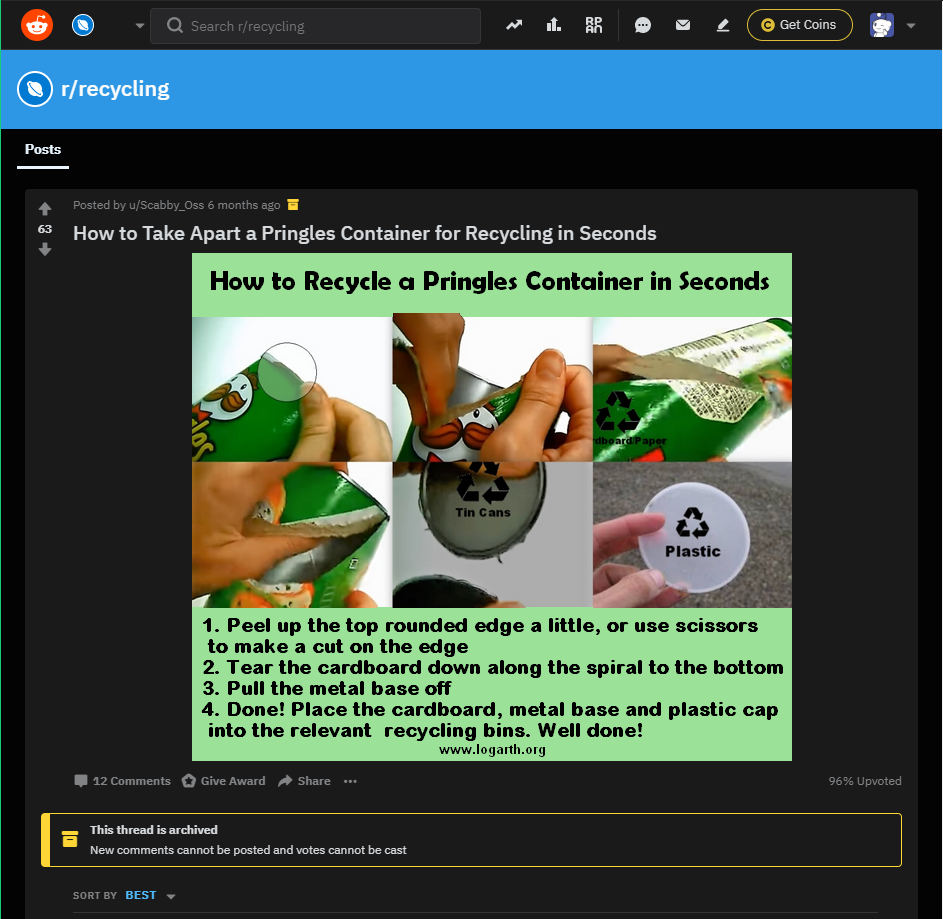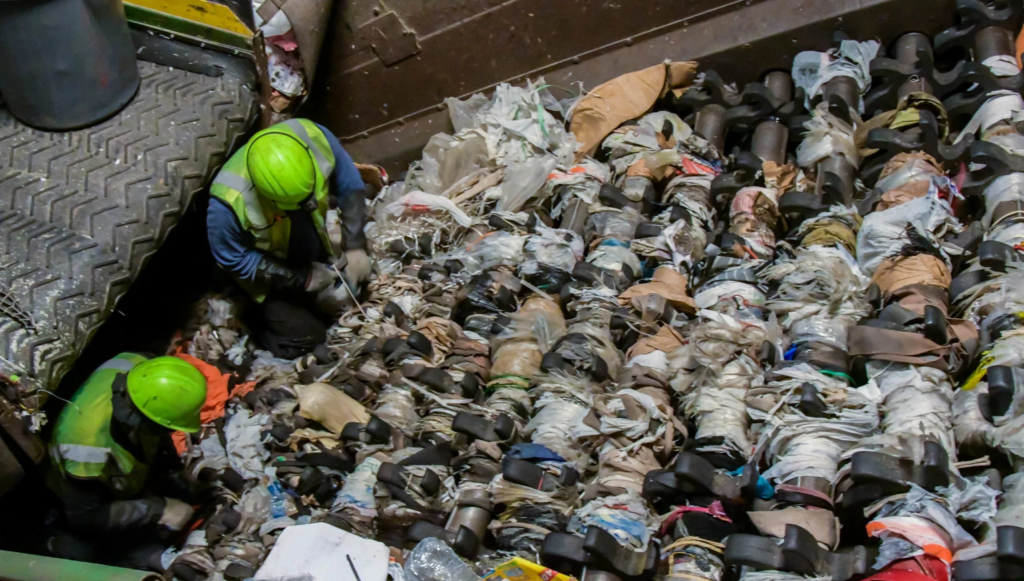Is Recycling Broken?
Part One: The Part and Parcel of It
This blog post will be part of a series as we delve into the hows and whys of what is wrong with recycling today. There are too many issues and factors to include in one piece, so rather than making you read a novella-length blog post, we’re breaking things down in more easily digestible components.
Even if you don’t follow recycling or sustainability news, you’ve probably heard mention of the global recycling industry’s latest troubles. You might think, “What’s the problem? People have been recycling for decades. So what has changed?” – and therein lies the issue.
The answer is Everything. Everything has changed.
Over the last several decades, products have become more difficult to recycle due to the often complicated and mixed materials used to package them. The process of recycling used to be much simpler because there were fewer materials being used and it was easy enough for the consumer to sort items properly into simple categories: Plastic, paper, glass, cardboard, metal, etc.

Nowadays, too many packaging materials have mixed materials and new polymers for basic consumer items. For example, take the iconic Pringles can. It’s not the most straightforward product to send to recycling. It consists of a cardboard-like paper cylinder (which is lined in foil), a metal bottom, and a plastic lid.
Depending on where you live, you may have to completely break it down in order to have it recycled properly. Most people do not put in the time or effort to even consider recycling the Pringles can, but it is possible. The confusion seems to be pretty universal, too. See below:

Even the Kellogg Company has acknowledged this design being problematic. Noting that they intend to work “toward 100 percent reusable, recyclable, or compostable packaging by the end of 2025”, they have started an Official recycling program for their cans in the UK. See more here.
But this isn’t an article about the Pringles can…
This is an illustrative example of the most common types of mixed packaging which have complicated the recycling process over recent years. Others include foil lined plastic or plastic-lined paper, and plastics that resemble foil and confuse the consumer, as well as adhesive/tape on paper materials or wax-lined paper (such as in many coffee takeaway cups).

Many people are putting in effort to “do the work” and recycle items, but are sadly guilty of being untrained in the right way. We have a culture of Wishful Recycling, which is great theoretically, but an incomplete strategy in practice.
Still many others admit that they don’t even want to bother with recycling if it isn’t “easy” to do. In a Harris Poll from Fall 2018, two-thirds (or 66%) of US adults surveyed agree: “if a product is not easy/convenient for me to recycle, I probably would not recycle it”.
But let’s not shift all the blame on consumers…
Consumers and average citizens, even activists or community organizers involved in recycling education, can only do so much. Ultimately, more people need to get involved in demanding better systems – asking for more sustainable packaging from brands and manufacturers.
We’ll have more next time, focusing on China’s “new” regulation restrictions, materials contamination, and costs. In the mean time, drop us a line and tell us what you are most unsure about when it comes to recycling. Have anything that stands out or really baffles you?
Articles consulted in this blog post include pieces from Patagonia, Medium, The Week, Gizmodo, and Waste Advantage.

Write a Comment